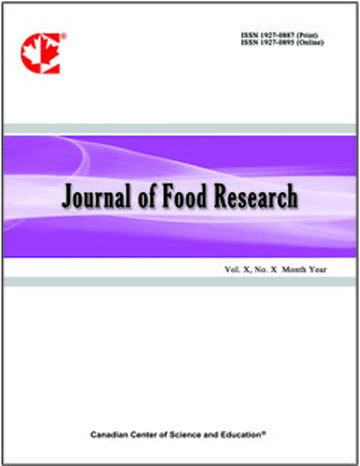A Study on the Bioavailability of Lactoferrin under Pasteurisation at Different Conductivities and Solid Contents
- Rechana Remadevi
- Damien Mead
Abstract
Lactoferrin is a key functional ingredient in several nutraceutical products. During product formulation, lactoferrin often undergoes pasteurisation. However, the heating involved in standard pasteurisation processes can induce structural changes in lactoferrin, thereby impacting its bioavailability. In response to this challenge, this study aims to safeguard the structural integrity of lactoferrin during pasteurisation by exploring optimised conditions for pasteurisation. The results show that lactoferrin preserves its bioavailability and iron binding ability after pasteurisation when pasteurisation is conducted on samples with conductivity below 1 mS. It was found that lactoferrin solutions with a solid content of 4% and conductivity below 1 mS showed resistance to heat effects, resulting in higher bioavailability (94%). However, cloudiness and precipitation were observed in samples with conductivity of 2mS and above. The chromatographic results showed that samples pasteurised at higher conductivities exhibited a shoulder peak adjacent to the main lactoferrin peak, indicating the structural changes in lactoferrin. Based on the outcomes from this study, it is recommended that the suitable conditions for lactoferrin pasteurisation involve using a lactoferrin solution with a solid content of 1–4% and a conductivity below 1 mS.
- Full Text:
 PDF
PDF
- DOI:10.5539/jfr.v14n2p57
Index
- AGRICOLA
- BASE (Bielefeld Academic Search Engine)
- CAB Abstracts
- CAB Direct(CABI)
- CAS (American Chemical Society)
- CNKI Scholar
- Electronic Journals Library
- EuroPub Database
- Excellence in Research for Australia (ERA)
- Google Scholar
- JournalTOCs
- Mendeley
- Mir@bel
- Open policy finder
- Scilit
- Ulrich's
- WorldCat
Contact
- Bella DongEditorial Assistant
- jfr@ccsenet.org
